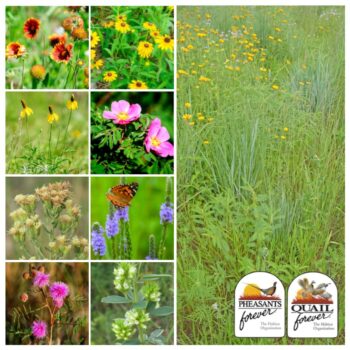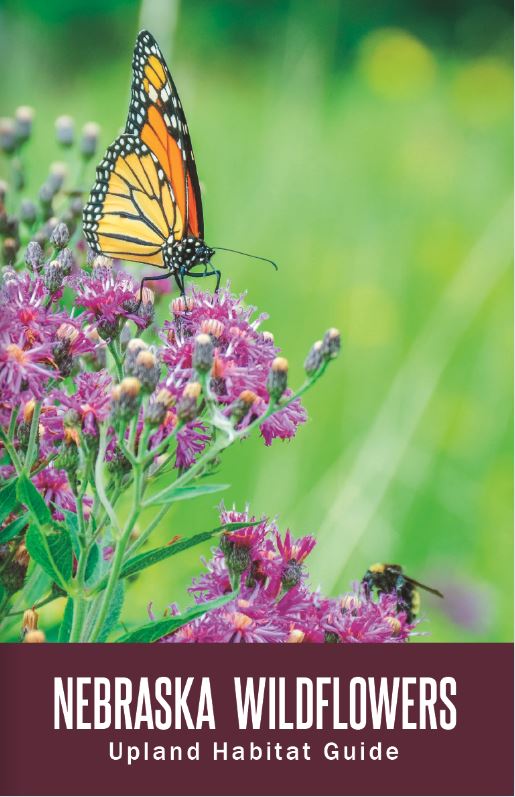Description
| GRASSES | 42.62% (12.21 PLS/ft2) |
| Blue Grama, Bad River | Prairie Junegrass |
| Little Bluestem, Aldous | Sideoats Grama, Butte |
| Prairie Dropseed | |
| WILDFLOWERS | 57.38% (16.43 PLS/ft2) |
| American Vetch | Pale Purple Coneflower |
| Baldwin’s Ironweed | Partridgepea |
| Black-eyed Susan | Pitcher Sage |
| Blacksamson | Plains Coreopsis |
| Blanketflower (Indian Blanket) | Purple Prairie Clover |
| Butterfly Milkweed | Rough Gayfeather |
| Canada Milkvetch | Roundhead Lespedeza |
| Cudweed Sagewort | Scarlet Globemallow |
| Dotted Gayfeather | Shell-leaf Penstemon |
| Dotted Mint | Smooth Blue Aster |
| False Boneset | Stiff Goldenrod |
| False Sunflower | Stiff Sunflower |
| Foxglove Beardstongue | Upright Coneflower |
| Heath Aster | Western Wild Rose |
| Hoary Vervain | Western Yarrow |
| Illinois Bundleflower | White Prairie Clover |
| Lanceleaf Coreopsis | White Wild Indigo |
| Leadplant | Whorled Milkweed |
| Ohio Spiderwort | Wild Bergamot |
| TOTAL: 28.64 PLS/ft2 |
High Quality Habitat
- A minimum of 50% of the seed mixture will be comprised of wildflowers and forbs.
- Each seeding mixture will contain 40 or more species to provide high diversity and broad benefits.
- Each seeding mixture will contain at least one appropriate milkweed species to benefit monarch butterflies.
- An appropriate number of flowering plants will be provided throughout the entire growing season.
- Seeding mixtures are designed using the appropriate seeds per square foot for each species.
A note about wildflower and pollinator seed mixes
The establishment of a wildflower, prairie, or pollinator seed mix depends on two critical elements: time and management. Many of the wildflower species listed in these mixtures will take several years to show up…be patient. In addition, the natural process of plant succession means that you’ll need to manage the stand to keep it looking diverse and colorful in the future. Otherwise, grasses tend to dominate the community. Every two years, plan to manage your habitat by applying some form of management like prescribed burning, herbicide application, light disking, managed grazing or haying.
The Habitat Organization
Pheasants Forever’s mission is to conserve pheasants, quail, and other wildlife through habitat improvements, public access, education, and conservation advocacy.







